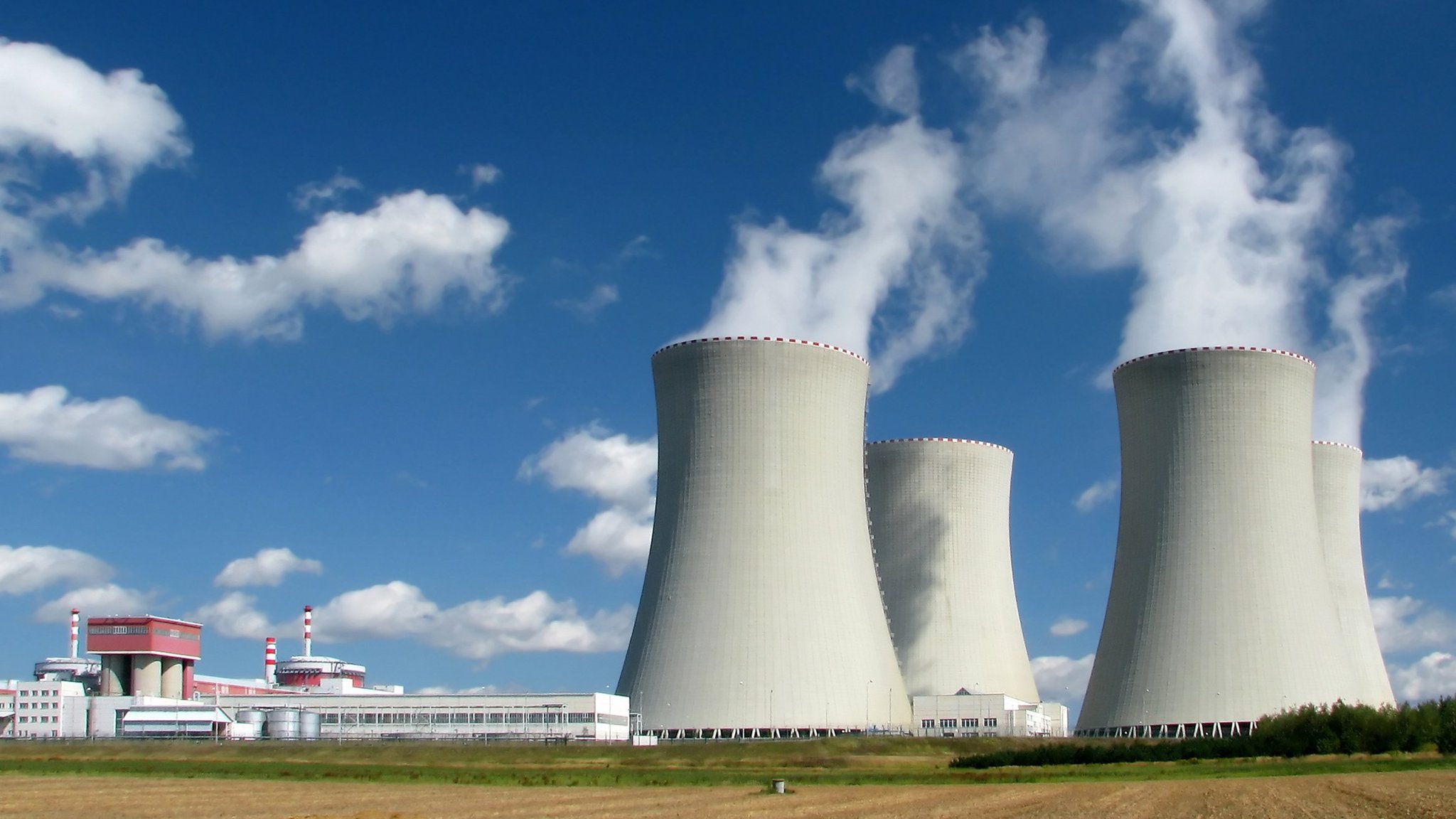According to Japanese PM Shinzo Abe, who is a pro-business politician and realizes the importance of carbon-free nuclear power to achieve country’s climate objectives, the reactors deemed safe by regulators would be restarted. While two units of operated by Tokyo Electric Power Co. (Tepco) -- the state-run utility that operated the Fukushima plant – are expected to get revived. The two units under consideration for being revved up resemble the design of the reactors that succumbed to the natural disaster in March 2011.
As per the International Energy Agency (IEA) reports, the Fukushima mishap led to gradual shutdown of all nuclear power plants, which led to a significant rise in fossil fuels use, increased fuel imports and rising carbon dioxide emissions. It also brought electricity prices to unsustainable levels. The IEA has lent support to Japan to increase low-carbon sources of power supply.
Right now, nuclear energy is providing 1.7% of Japan's electricity, which is down from 30% before the 2011 accident. According to Japanese Ministry of Economy, Trade and Industry if the country was to meet its obligations under the Paris climate accord, then nuclear energy needed to make up between 20-22% of the nation's portfolio mix -- a country with limited natural resources upon which it could rely. Under that agreement, Japan had committed to cut its CO2 emissions by 26% between 2013 and 2030.





Comments
nff
Mon, 09/11/2017 - 11:22
Permalink
nuclear power
nuclear power